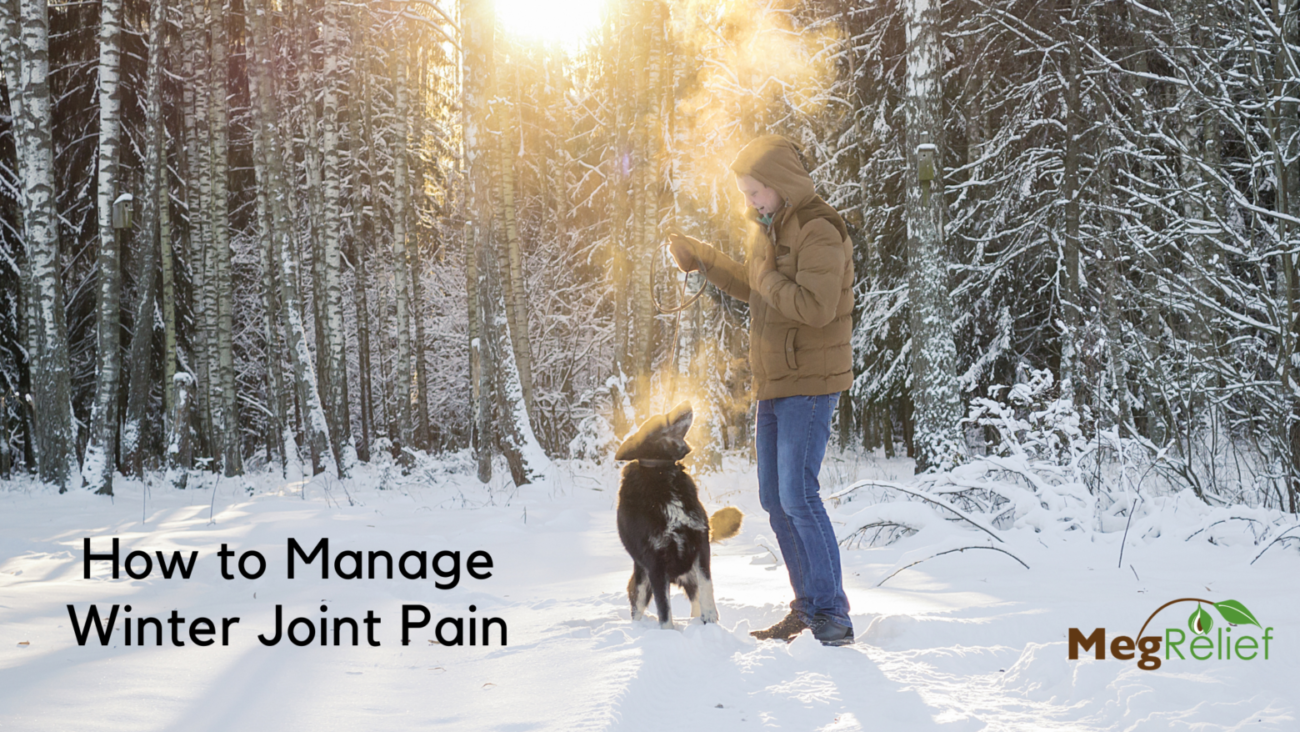
Winter joint pain can have many explanations, especially with the drop in temperature. Stiffness, pains, and aches in the body are typically associated with changes in weather like when temperatures fall in the winter months.
Individuals with arthritics or chronic joint pain are more susceptible to feeling discomfort during this time of year. Plus, if the weather has negatively affected one’s mood causing sadness or depression, they are more likely to experience increased pain.
There is not enough research to prove the absolute cause of joint point during colder weather. At the same time, the body tries to converse heat when it gets cold, sending more blood to organs in the body’s mid-section.
Consequently, the legs, arms, knees, and other joint areas have less blood which causes the blood vessels at these joints to constrict. This stiffness can cause some pain or discomfort.
How do you reduce your risk for Winter joint pain?
Dress in layers to ease the shock of cold weather. Keeping achy joints warm is one of the most simple ways to reduce pain. Add extra layers like gloves and sweaters or leggings and sweatpants. If it does get too hot, you can always peel off layers. The layers should be warm, but light.
You can also wear compression socks and gloves to improve blood circulation. It will additionally trap heat so compression tights might be a good idea too.
Keeping a consistent sleep schedule is also helpful for reducing joint pain. Sleeping with extra warm layers of blankets can help protect your joints from cold temperatures. During the Winter season, it is important to stay warm through the night to lessen joint stiffness and pain when you wake up in the morning.
Exercise to build up your muscles and bones. This will also reduce pressure on joints, making them less prone to injury. If you decide to exercise outside on cold day, be sure to do a proper warm up beforehand and a proper cool down afterwards. Be sure to maintain a healthy weight to avoid unneeded stress on joints, specifically in your knees.
Warming up your body with brisk walking helps get your blood flowing to the muscles and through your body. Your warm-up should be at least five minutes. Stretching helps keep the body limber which prevents stiffness and eventually prevents and injury.
While you’re at it, be sure to pack some MegRelief to put on joints before you go into the cold weather. Learn more below!
When should you consult a doctor?
If you are experiencing new or unusual pain or other symptoms in your joints, consult your doctor immediately. Some of these symptoms include persistent swelling, redness, and others.
It is important to remember that everyone’s condition can be unique and extremely impactful on your life. More advanced stages of arthritis can cause prolonged pain and should be treated by a specialist.






